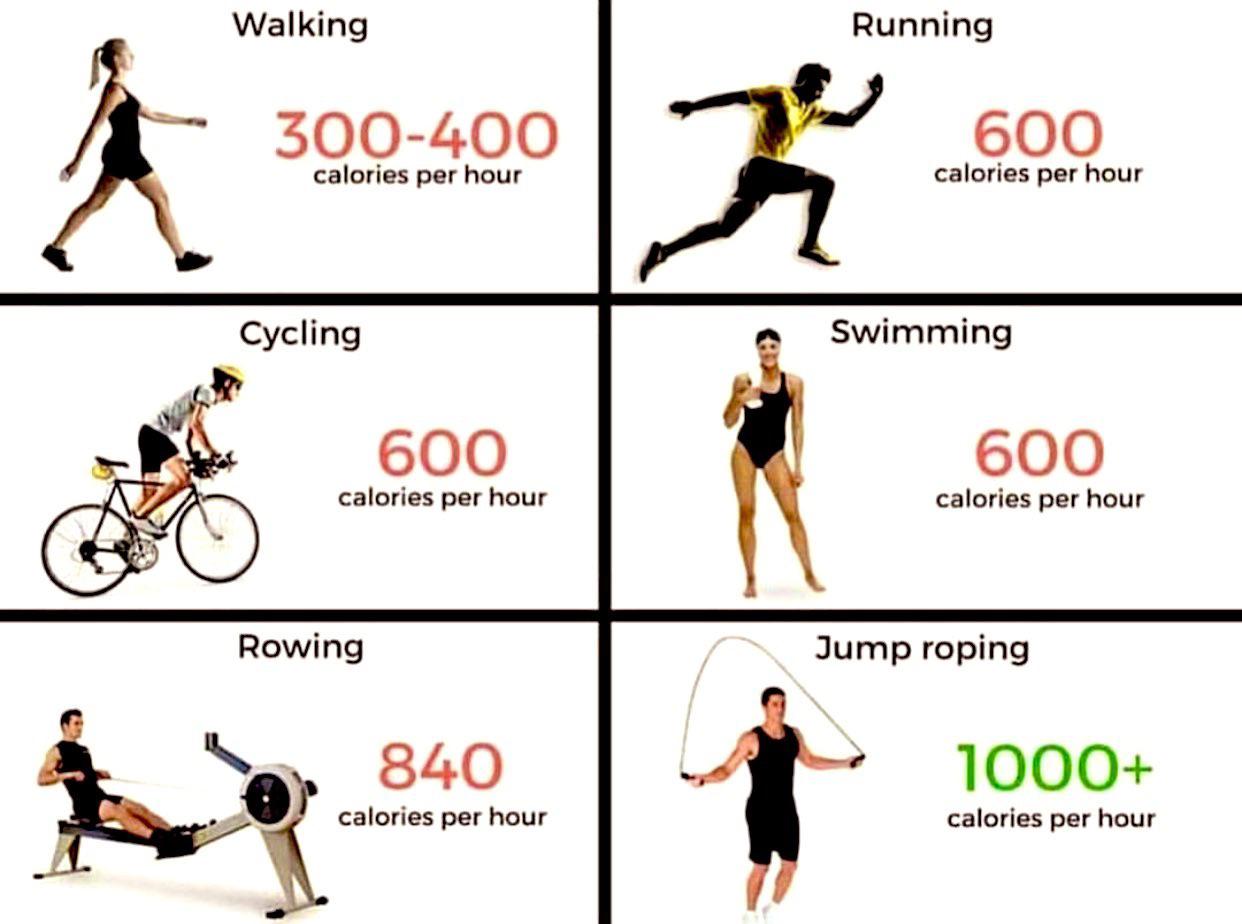Obesity and high-calorie consumption are two interconnected issues that have become significant health concerns in the United States. Obesity is a medical condition characterized by excessive body fat accumulation, which can harm an individual’s health and well-being. High-calorie consumption, particularly in the form of unhealthy food choices, is a significant contributing factor to the rise in obesity rates across the country. This introduction aims to provide an overview of obesity and high-calorie consumption in the United States, highlighting the scale of the problem, its causes, and its consequences.
In recent decades, obesity has reached epidemic proportions in the United States. According to the Centers for Disease Control and Prevention (CDC), over 40% of American adults were obese as of 2020. This alarming statistic represents a significant increase from previous years and emphasizes the urgent need to address the issue. In addition, childhood obesity rates have also skyrocketed, with approximately 19% of children and adolescents in the United States classified as obese.
One of the primary drivers of obesity is the consumption of high-calorie foods. The American diet has significantly transformed, shifting towards heavily processed, energy-dense foods often high in added sugars, unhealthy fats, and sodium. These foods, commonly found in fast-food restaurants, convenience stores, and packaged products, are more affordable, widely available, and heavily marketed, making them an easily accessible choice for many individuals. Coupled with sedentary lifestyles and a lack of physical activity, consuming these high-calorie foods has contributed to weight gain and obesity.

The consequences of obesity and high-calorie consumption are extensive and far-reaching. For example, individuals who are obese are at a higher risk of developing chronic health conditions such as heart disease, type 2 diabetes, certain types of cancer, and musculoskeletal disorders. Furthermore, obesity burdens the healthcare system substantially, leading to increased healthcare costs and reduced quality of life for affected individuals.
Recognizing the severity of the issue, efforts have been made to address obesity and high-calorie consumption in the United States. Public health initiatives, educational campaigns, and policy interventions aim to promote healthier eating habits, increase physical activity levels, and improve access to nutritious food options. However, tackling this complex problem requires a multi-faceted approach involving individuals, communities, healthcare professionals, policymakers, and the food industry.
How Many Calories Is Too Much?
Usually, if you intake more than 4000 calories per day, and you are not a sportsman, it is too much. The ranges of 1,600-2,400 calories for women and 2,200-3,000 calories for men represent general estimates of daily calorie needs based on average adult populations. These ranges guide maintaining a healthy weight and supporting normal bodily functions. Still, individual calorie needs can vary based on age, height, weight, activity level, metabolism, and overall health.
For most women, a daily calorie intake of 1,600-2,400 calories can provide sufficient energy for daily activities, including physical exercise, while maintaining a healthy weight. Similarly, men generally require more calories due to typically larger body size and higher muscle mass, hence the range of 2,200-3,000 calories.
However, it’s important to note that these ranges should be considered general recommendations, and individual calorie needs may differ. In addition, specific fitness goals, medical conditions, and metabolic variations can influence calorie requirements.
Regarding how many calories are considered “too much,” it’s generally advisable to avoid excessive calorie intake beyond what is needed for energy expenditure. Consuming significantly more calories than necessary over an extended period can lead to weight gain, increasing the risk of various health issues, including obesity, cardiovascular diseases, type 2 diabetes, and certain types of cancer.
The concept of “too much” varies from person to person, and it’s essential to consider overall dietary balance and quality. Rather than focusing solely on calories, it’s crucial to emphasize nutrient-dense foods, such as fruits, vegetables, whole grains, lean proteins, and healthy fats. In addition, regular physical activity and portion control are critical factors in maintaining a healthy weight and overall well-being.
Dietary Guidelines for Americans 2020-2025 and Calories
The statement that the Dietary Guidelines for Americans 2020-2025 suggest a range of 1,600-2,400 calories for women and 2,200-3,000 calories for men is based on a practical analysis that considers various factors related to individual energy needs, weight management, and overall health. Let’s explore in-depth why these calorie ranges are recommended:
- Energy Balance: The calorie ranges recommended by the Dietary Guidelines for Americans are designed to achieve energy balance. Energy balance refers to the equilibrium between the calories consumed through food and beverages and the calories expended through physical activity and bodily functions. Consuming an appropriate number of calories within the recommended range helps individuals maintain a healthy weight and avoid excessive weight gain or loss.
- Basal Metabolic Rate (BMR): The calorie ranges consider an individual’s basal metabolic rate (BMR), the number of calories required to sustain essential bodily functions at rest. BMR accounts for the energy needed to support vital processes such as breathing, circulation, and cell production. Men generally have a higher BMR than women due to higher muscle mass and testosterone levels, which explains the more comprehensive calorie range for men.
- Physical Activity Level: The recommended calorie ranges also consider an individual’s physical activity level. Those who exercise regularly or have physically demanding jobs require additional calories to fuel their activities. Active individuals have higher energy needs, and the calorie ranges accommodate these requirements. The upper end of the content accounts for those with more active lifestyles, while the lower limitation applies to individuals with more sedentary routines.
- Weight Management: Calorie intake plays a crucial role in weight management. Consuming calories should align with the calories expended to maintain a stable weight. A calorie deficit is necessary if weight loss is desired, meaning the calories consumed should be lower than those burned. On the other hand, weight gain requires a calorie surplus. The calorie ranges provided in the Dietary Guidelines allow for flexibility in adjusting calorie intake based on individual weight management goals.
- Nutritional Adequacy: While calorie intake is essential, ensuring a well-balanced diet that meets all nutritional needs is equally vital. The Dietary Guidelines emphasize consuming various nutrient-dense foods within the recommended calorie ranges. This includes adequate intake of essential macronutrients (carbohydrates, proteins, and fats) and micronutrients (vitamins and minerals) to support optimal health and prevent nutrient deficiencies.
It is important to note that individual calorie needs may vary based on age, height, weight, body composition, metabolism, and specific health conditions. The ranges provided in the Dietary Guidelines serve as general recommendations for the average population. Consulting with a healthcare professional or registered dietitian can provide personalized guidance to meet nutritional requirements.
In conclusion, the recommended calorie ranges in the Dietary Guidelines for Americans 2020-2025 are practical guidelines that consider energy balance, basal metabolic rate, physical activity level, weight management goals, and nutritional adequacy. These ranges provide a flexible framework for individuals to make informed choices about their calorie intake and maintain a healthy lifestyle.
Sportsman and calories
Calorie intake for a sportsman or athlete can vary significantly depending on various factors, such as the type and intensity of their sport, training regimen, body composition goals, and individual metabolism. For example, sports that require high endurance or intense physical activity typically require higher calorie intakes to support energy expenditure and muscle recovery.
Sports nutrition experts often recommend a range of calorie intake for athletes based on their training and activity levels to provide a general guideline. However, it’s important to note that these ranges are estimates, and individual needs may vary.
For endurance athletes (e.g., marathon runners, cyclists):
- Moderate training: 2,500-3,500 calories per day
- Heavy training: 3,500-5,000+ calories per day
For strength and power athletes (e.g., weightlifters, sprinters):
- Moderate training: 2,500-3,500 calories per day
- Heavy training: 3,000-6,000+ calories per day
Athletes must focus on meeting their caloric needs and consuming a balanced diet that provides sufficient macronutrients (carbohydrates, proteins, and fats) and micronutrients (vitamins and minerals) for optimal performance, recovery, and overall health.
Additionally, athletes may benefit from consulting with a sports nutritionist or registered dietitian who can provide personalized recommendations based on their specific sport, training goals, and individual needs. These professionals can help tailor a nutrition plan that optimizes performance, supports muscle repair and growth, and helps maintain healthy body composition.
Consulting with a registered dietitian or healthcare professional can provide personalized guidance on appropriate calorie intake based on individual circumstances and goals. In addition, they can help develop a tailored nutrition plan that suits specific needs, whether it’s weight management, athletic performance, or managing certain health conditions.
- How Many Tablespoons is One Clove of Garlic? - June 26, 2024
- How to Measure 3/4 Cup When You Don’t Have the Right Measuring Cup? - June 6, 2024
- How Much Does Cooked Pasta Weight Compare To Dry? - April 30, 2024
